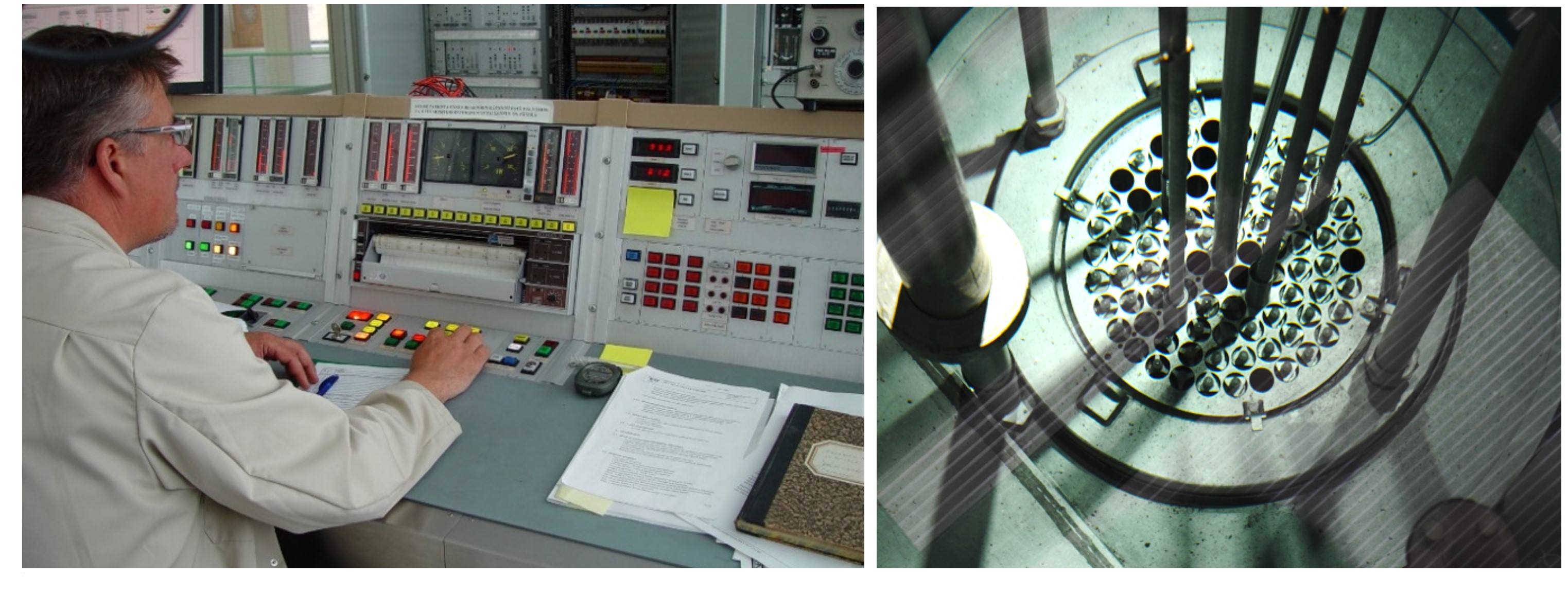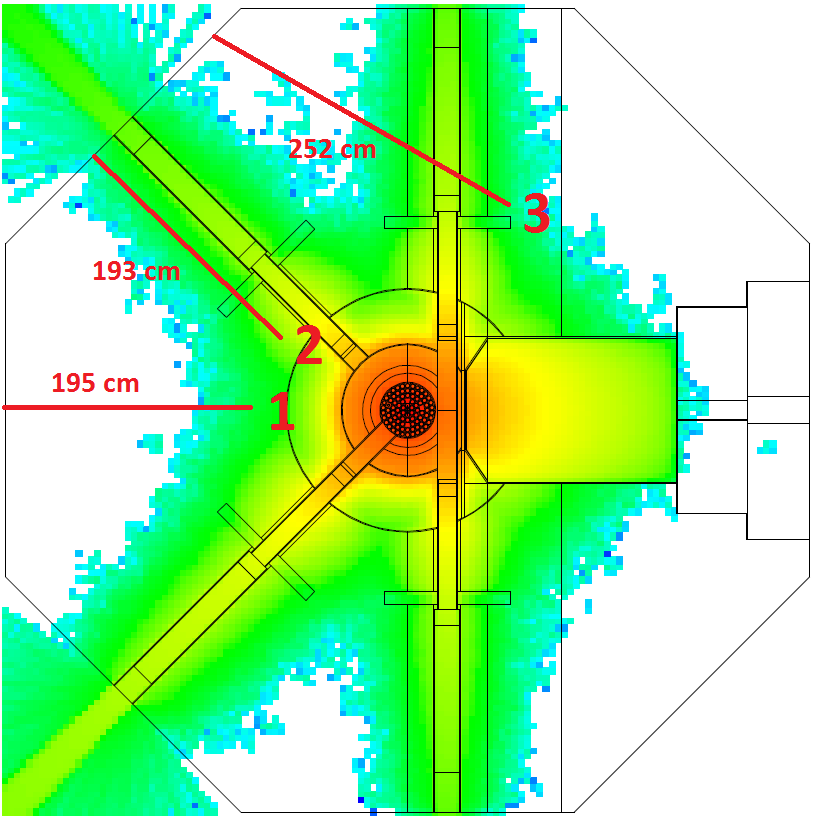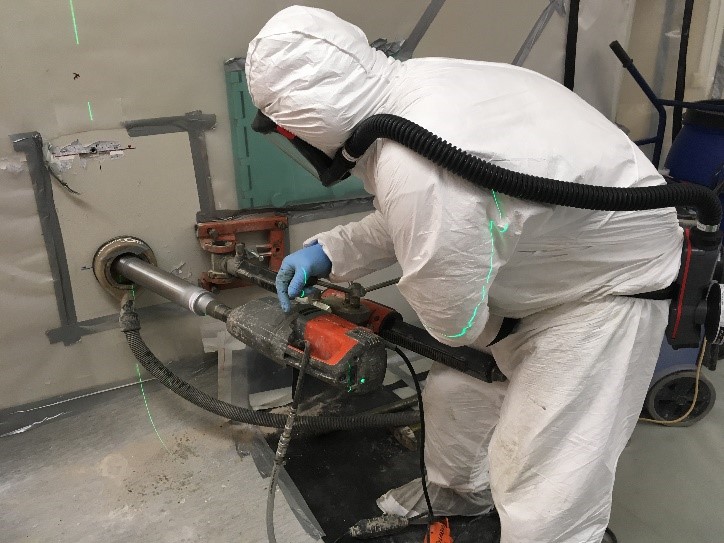First decommissioning experiences in Finland. VTT’s FiR 1 TRIGA reactor.
In June 2021, the Government of Finland granted Finland’s first nuclear decommissioning licence to VTT Technical Research Centre of Finland Ltd for decommissioning the FiR 1 TRIGA Mark II research reactor, which was operated in Espoo in 1962–2015.

VTT is executing the decommissioning project in close collaboration with Fortum, the operator of Loviisa NPP, after the two companies signed a contract on decommissioning services in March 2020. Besides the licence granted in 2021, a recent milestone was the removal of the spent fuel in December 2020 and shipping to the US. Currently, final planning of the dismantling is just to be completed, and the dismantling is scheduled to commence in late 2022.
In January 2021, the U.S. Geological Survey (USGS) in Denver, Colorado, received all the irradiated fuel from FiR 1. The USGS will use the nuclear fuel from the FiR 1 research reactor in its own reactor of the same type. The fuel, originally purchased by Finland in the 1960s and 1970s, has a remarkable remaining utility value after the permanent shutdown of the FiR 1 reactor. The USGS needed additional fuel to continue operating its reactor, but the production of suitable fuel available on the market has been suspended for several years and thus it was of mutual benefit for both parties. At the end of operation, the United States will take care of the fuel.
The contract for the supply of used fuel was concluded in November 2020, and VTT arranged for the safe international transport of the fuel from Espoo, Finland to the USGS with support from Edlow International Company. The transport of fuel by road and sea was supervised by the Finnish Radiation and Nuclear Safety Authority (STUK) and USA regulatory and safety authorities.
Arranging for cooperative international spent fuel management abroad is an exception permitted by the Nuclear Energy Act. Before sending the fuel abroad, Finland received a report from the USA authorities on their commitment to the management of the fuel batch. When the USGS ceases to use its reactor, it will deliver the spent fuel to Idaho National Laboratory, where several countries have previously sent similar batches of nuclear fuel from research reactors for final handling and disposal.
In the decommissioning project, early and comprehensive computational characterization of radionuclide inventories has been highly valuable for all later planning. In the preliminary phase, VTT conducted activity calculations using a model that combined several MCNP neutron flux models representing different reactor operation phases to ORIGEN-S point-kinetic calculations to take into account the operation hours in each configuration. These results were used in the preliminary waste estimates and dismantling plan. Later, VTT has executed a comprehensive sampling and analysis programme. Radiochemical method developments for difficult-to-measure (DTM) radionuclides have been a collaborative effort between modelling and experimental studies. The modelling results have provided material wise lists of DTMs with conservative activity concentration.
Based on this experience, VTT would strongly encourage also other decommissioning operators to invest sufficiently in computational characterization early on. Also, we have seen that the demand for characterization remains high over a long time, to which VTT has responded with continued competence building in both activation modelling and measurements. Reflecting to new build projects, collecting inactive reference materials of the reactor structures is very essential so that activation calculations can be performed with reliable input data. Validating the calculated estimates with measurements also requires systematic development of the measurement methods. International intercalibration exercises are an example of valuable method development. This also provides an opportunity to systematically document the best methods.
 Drilling directions towards the activated parts of the FiR 1 biological shield concrete (red lines 1, 2 and 3).
(© VTT) |
 Drilling the specimens from the biological shield. (© VTT)
|
The licensing phase of the project has tested both VTT’s capability to fulfil the requirements and liabilities, but also the Finnish nuclear legislation, regulations and authorities’ guidelines. Exchange of experiences between VTT and authorities has led to improvements in the new Nuclear Energy Act and the YVL guides issued by the Radiation and Nuclear Safety Authority STUK. Different waste streams are now better taken into account in the national waste management activities, especially via improvements in license conditions of the NPP waste facilities. The lessons learned during the decommissioning of FiR 1 can be applied to the preparations for the decommissioning of nuclear power reactors.
The FiR 1 research reactor and the adjacent OK3 laboratory have been key nuclear energy training and research facilities for three generations, and now they serve as a pilot also in the decommissioning phase.
VTT and partners are also looking how decommissioning experiences can be transferred into competence and business. The dECOmm ecosystem’s research project supports companies’ own projects and includes building information models (BIM), virtual and augmented reality, radiation transport and dose modelling, artificial intelligence, human factors, operating and licensing framework as well as innovation ecosystems and ecosystemic business. Conversely, experiences from the company projects will be exploited as valuable input for research. FiR 1, while being a nuclear facility, can provide a small-scale, easy-to-access test bed for the developed technologies. By involving a spectrum of companies with different backgrounds, all partners learn about the specifics of the nuclear domain, like regulations and quality requirements. Important in decommissioning is to understand where and when requirements can be relaxed.
Markus Airila
VTT
markus.airila@vtt.fi